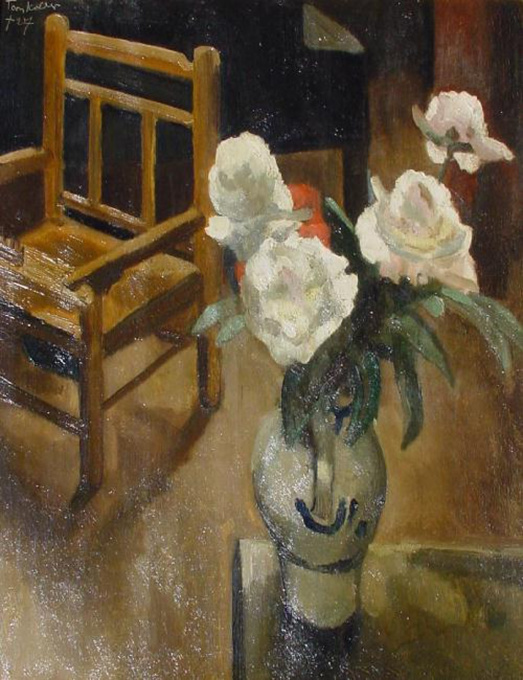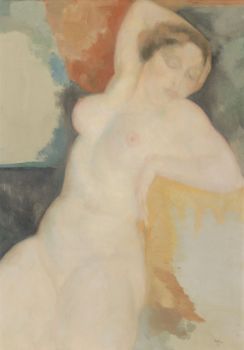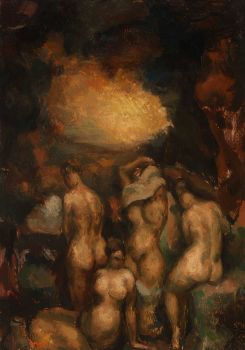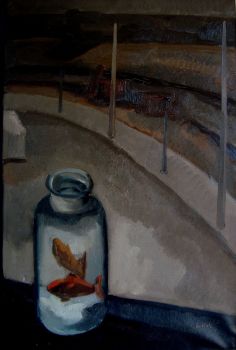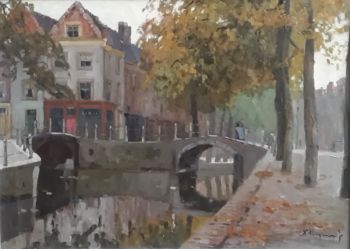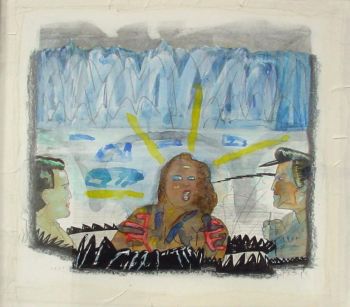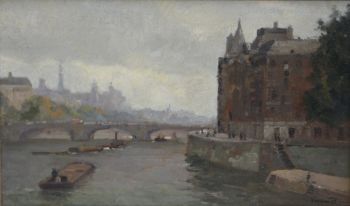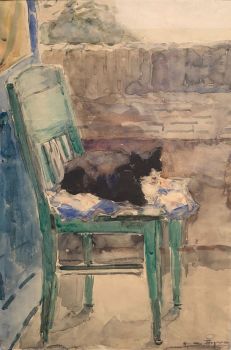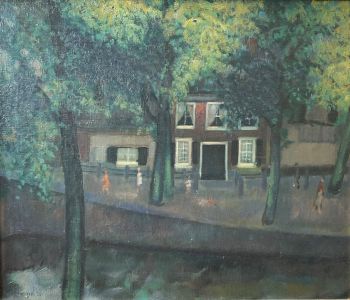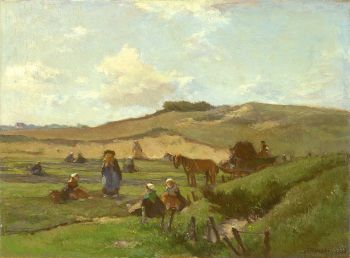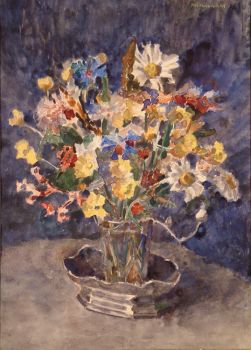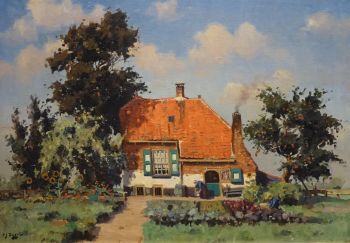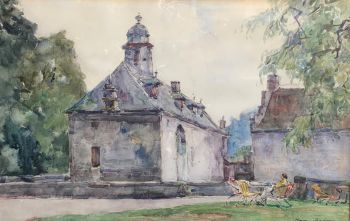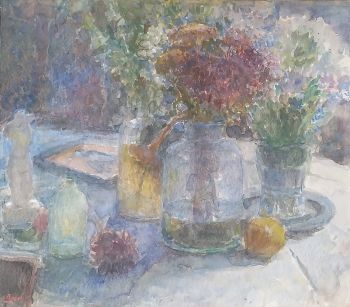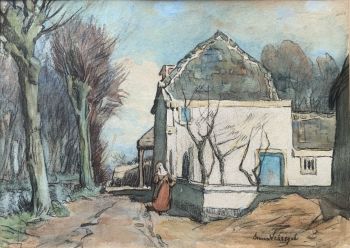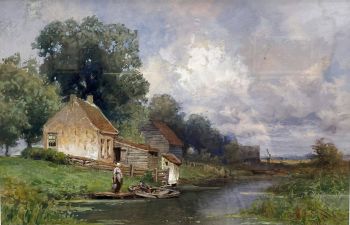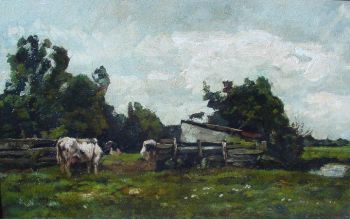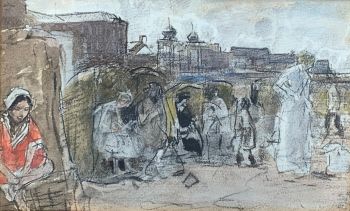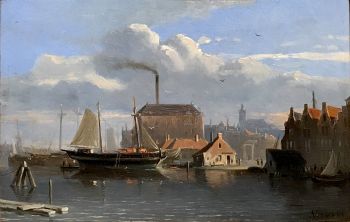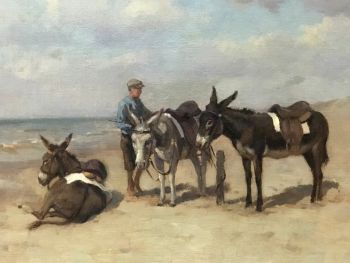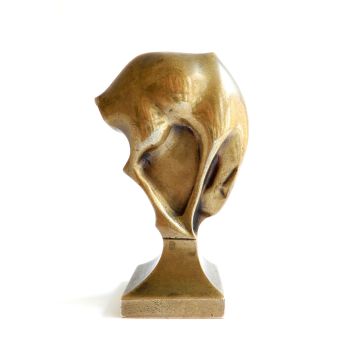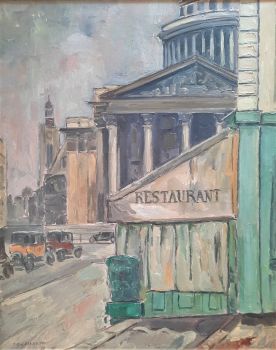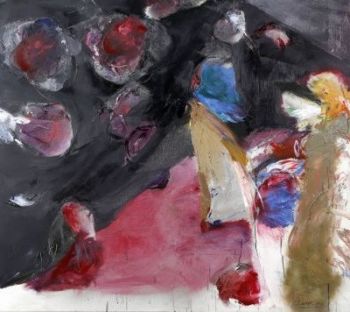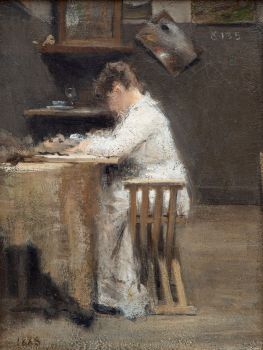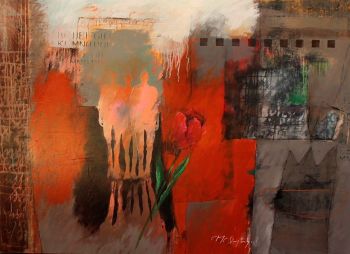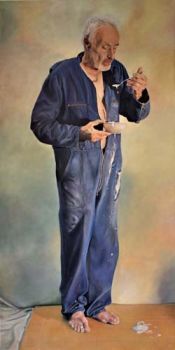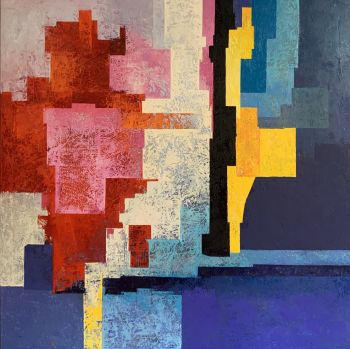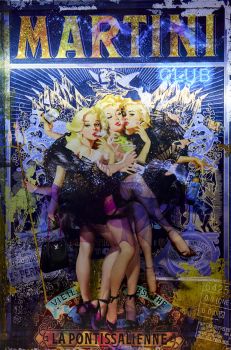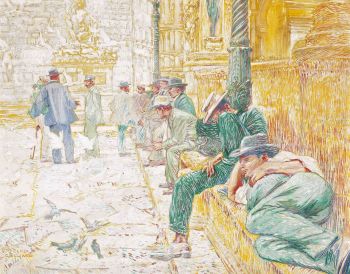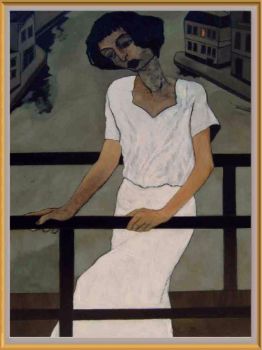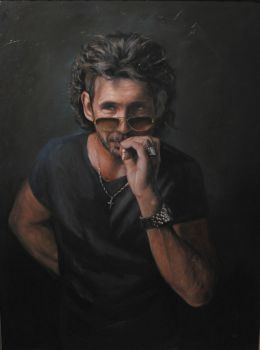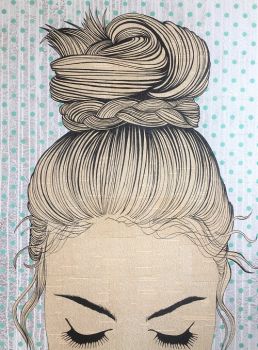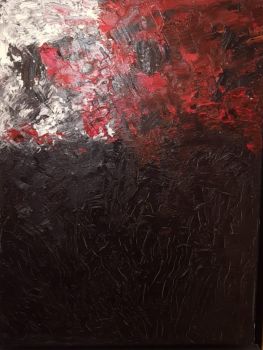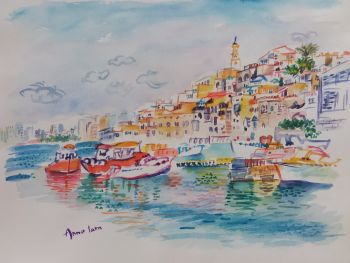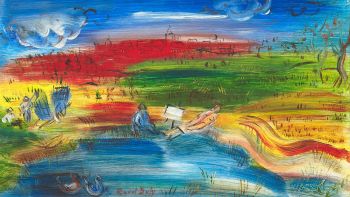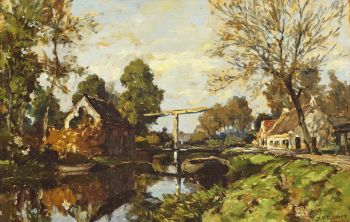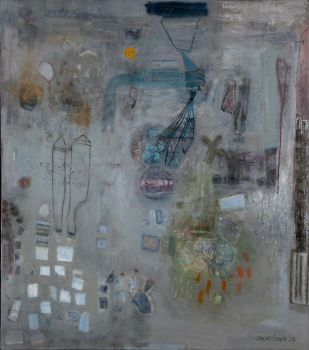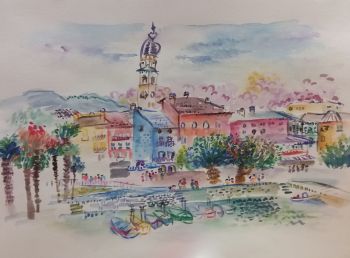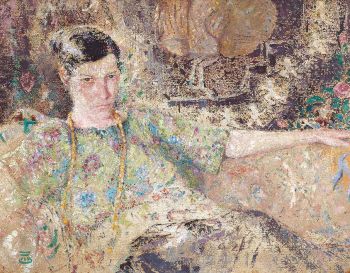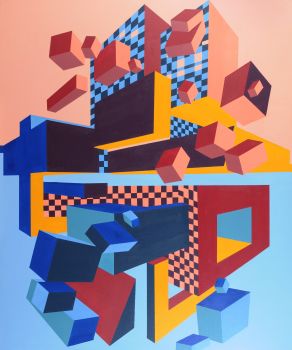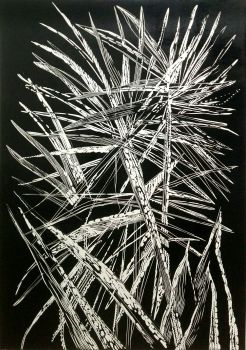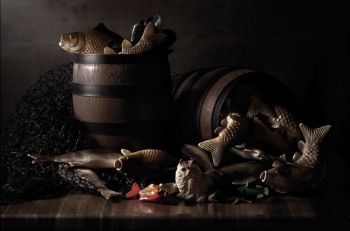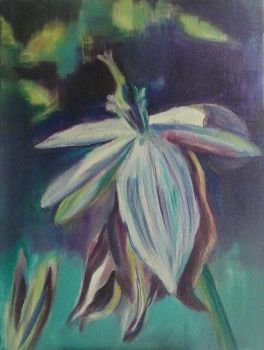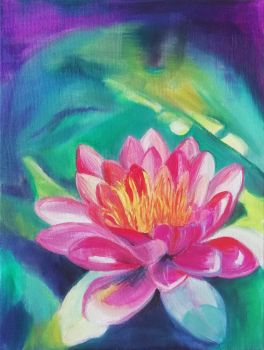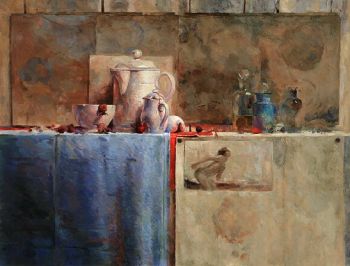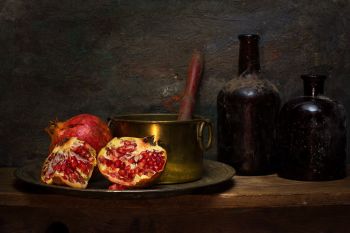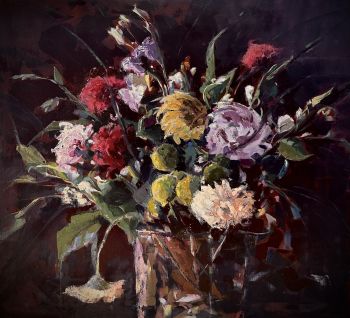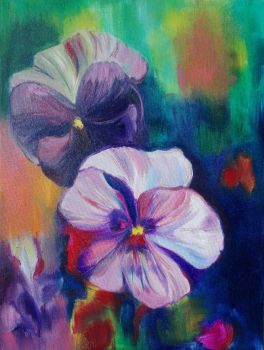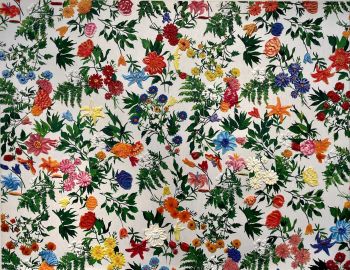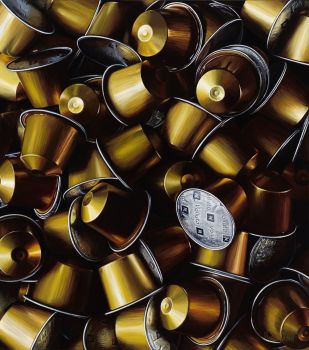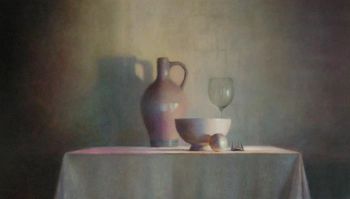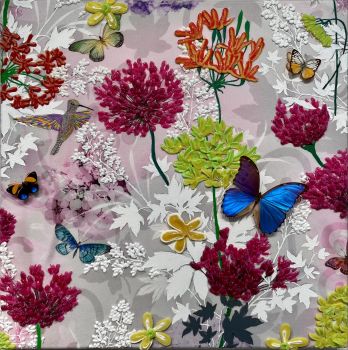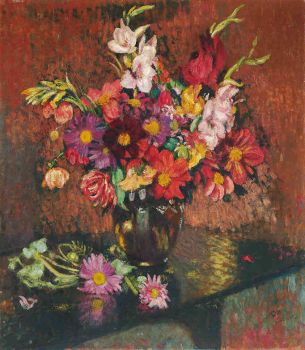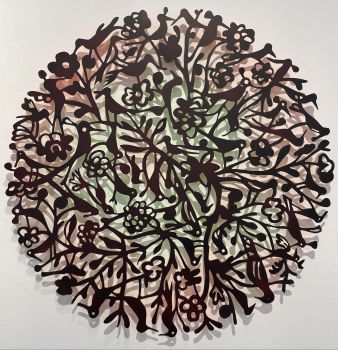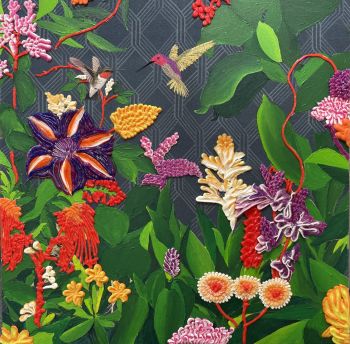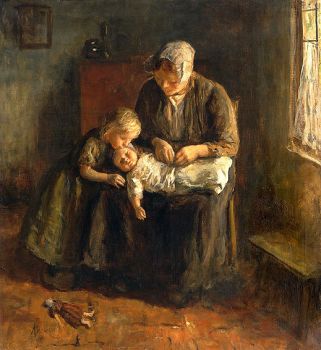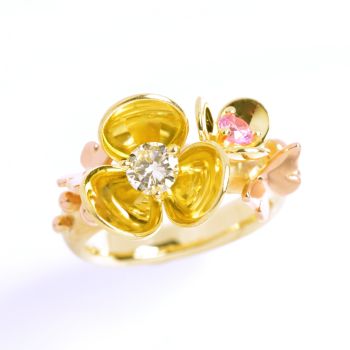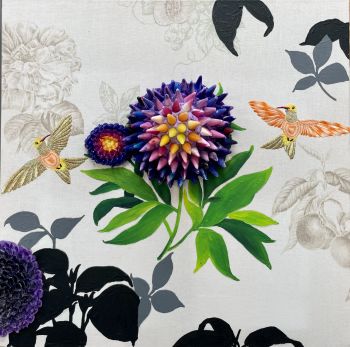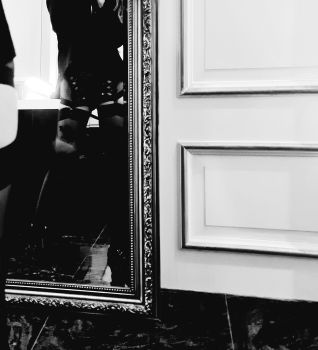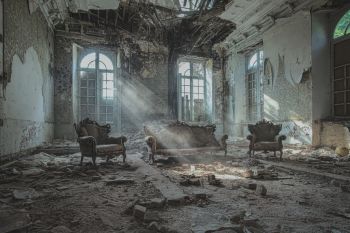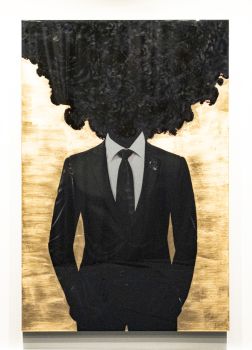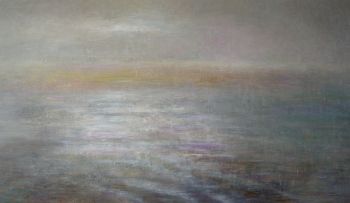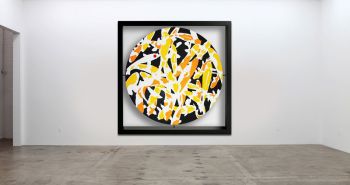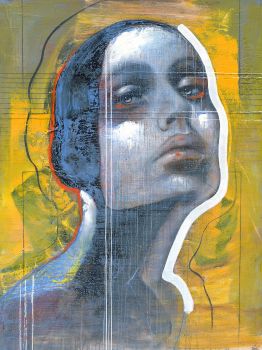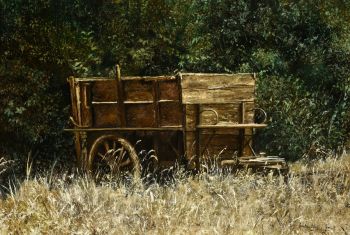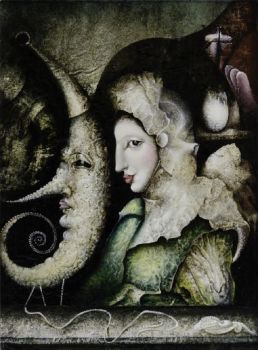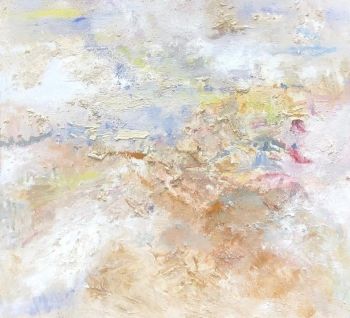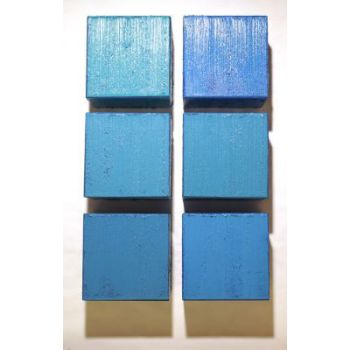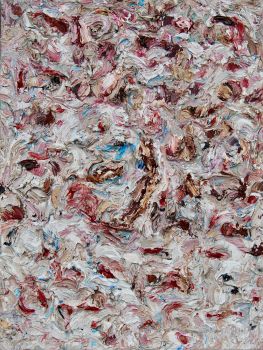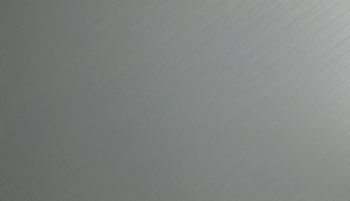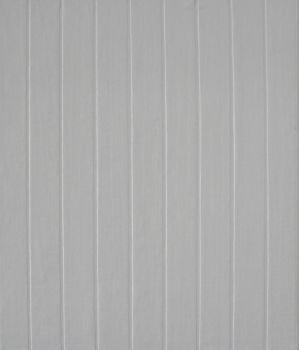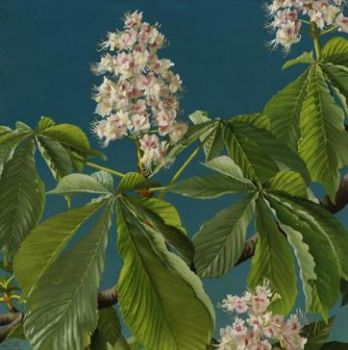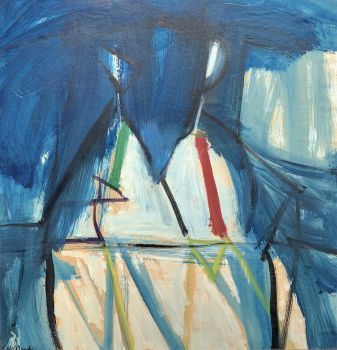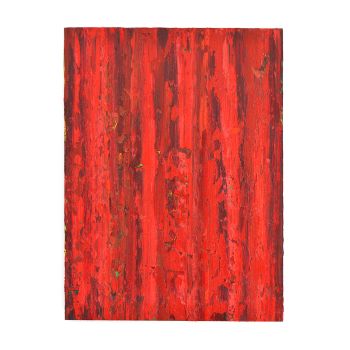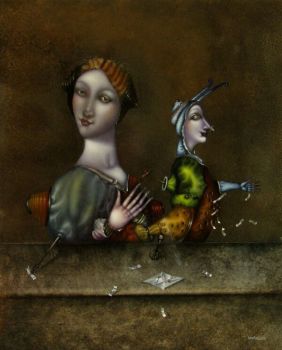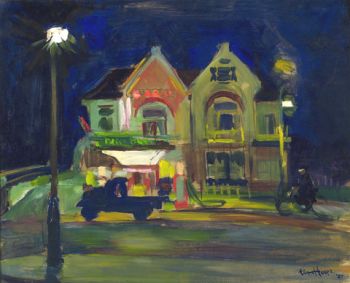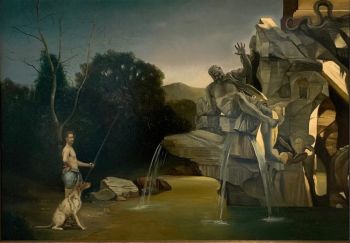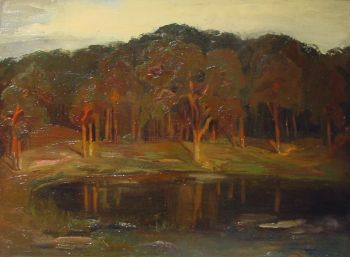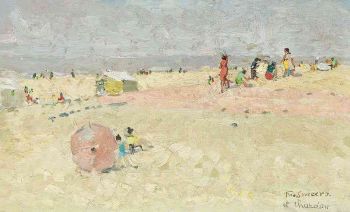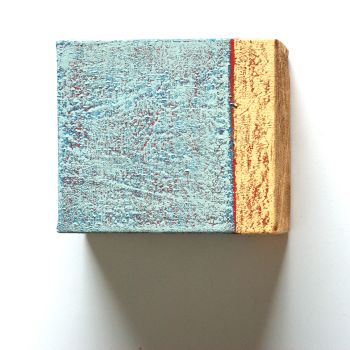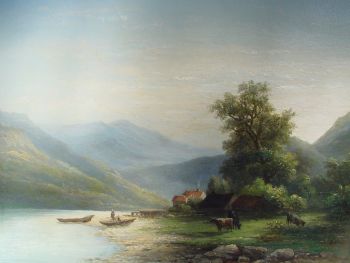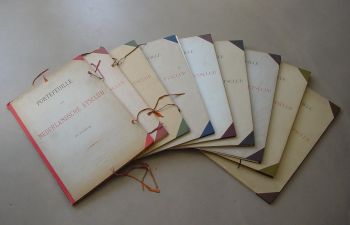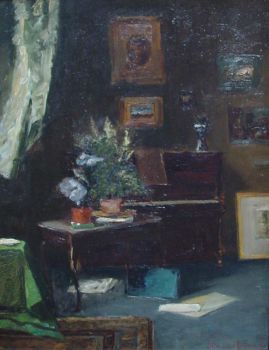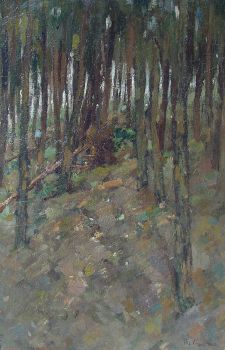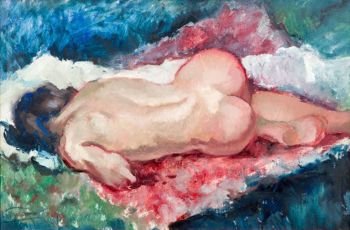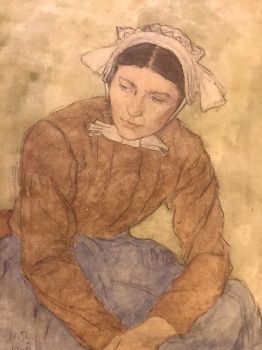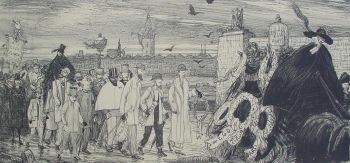Bunch of flowers in an interior 1927
Toon Kelder
Pintura de aceitePintura
75 ⨯ 63 cm
Precio a consultar
Kunsthandel Pygmalion
- Sobre la obra de arteA bunch of flowers in an interior
Signed and dated, 1927
Exhibition: 'Toon Kelder- Romantisch modernist'Museum Flehite (2016)/Lit: 'Toon Kelder-Romantisch modernist' afb. pag 83 .
Toon Kelder was inspired by the Parisian avant-garde artists and he developed a highly personal style in the early years of the twentieth century.
The dark expressionist paintings of Toon Kelder turned in light luminist work.
His subjects ranged from landscapes and interiors to nudes and still lifes.
After World War II he broke with figurative art and he rejected the use of oil paint. From then on he only worked with gouache and watercolor paint and his abstract compositions he built up with black, white and gray tones.
At the same time he developed into an abstract sculptor.
Toon Kelder exhibited in several major museums in Holland and abroad.
His work is represented in the Rijksmuseum, the Stedelijk Museum in Amsterdam, the Gemeente Museum in the Hague, Groninger Museum, the Carnegie Museum of Art in Pittsburgh and the MoMA in New York.
(Literature: Toon Kelder, Romantisch Modernist, by Jaap Versteegh. Publisher Waanders & de Kunst) - Sobre el artistaToon Kelder es uno de los pintores inspirados en las vanguardias parisinas para desarrollar un estilo muy personal en los primeros años del siglo XX. Al mismo tiempo, su trabajo fue moldeado por un impulso constante por innovar. En la década de 1920 pintó flores, figuras y desnudos, en su mayoría usando a su esposa Alexandrine como modelo, todos representados en colores expresivos. Durante la década de 1930 hasta alrededor de 1945, desarrolló formas femeninas sutilmente estilizadas representadas en tonos suaves y brumosos, pero también jinetes a caballo y figuras míticas en paisajes boscosos. A partir de 1945 abandonó la pintura figurativa y se dedicó a la creación de esculturas abstractas. Pasó algún tiempo en Antibes, donde hizo bonitos dibujos a tinta. Se le considera miembro de la escuela de Nieuwe Haagse.
¿Está interesado en comprar esta obra de arte?
Artwork details
Categoría
Tema
Estilo
Material y Técnica
Colour
Related artworks
- 1 - 4 / 4
Herman Bogman jr.
Le Pont au Change et Le Conciergerie in Paris 1935 - 1945
Precio a consultarAdelwein Kunst
Johannes Evert Akkeringa
'Nettenboetsters' in the Dunes1861 - 1942
Precio a consultarStudio 2000 Art Gallery
Herman Bogman jr.
Flower still life of a nasturtium in a blue vase1950 - 1965
Precio a consultarAdelwein Kunst
Rudolf de Bruyn Ouboter
Flower vase in a silver contoured tray1940 - 1950
Precio a consultarAdelwein Kunst
Herman Bogman jr.
Le Pont au Change et Le Conciergerie in Paris 1935 - 1945
Precio a consultarAdelwein Kunst
1 - 4 / 24Egbert Rubertus Derk Schaap
GEZICHT OP KORTENHOEF1862 - 1939
Precio a consultarGalerie Het Noorderlicht
Marcel Jefferys
Jeune femme au collier dans un intérieur1890 - 1922
Precio a consultarStudio 2000 Art Gallery
1 - 4 / 24- 1 - 4 / 24
Eduard Charlemont
‘Allegories of Africa and America’1872
Precio a consultarZebregs & Röell - Fine Art - Antiques
1 - 4 / 24Corstiaan Hendrikus de Swart
Mountain landscape with Lake1838 - 1900
Precio a consultarKunsthandel Pygmalion
Carel Nicolaas Storm van 's Gravesande
View on Venice1841 - 1924
Precio a consultarKunsthandel Pygmalion
Carel Nicolaas Storm van 's Gravesande
My studio in Bruxelles1841 - 1924
Precio a consultarKunsthandel Pygmalion
1 - 4 / 12

